I was never one to appreciate coffee, just as I was in my mid 20’s before I developed a taste for beer. I totally blame this on my parents. Growing up in small town Minnesota with Folgers instant coffee and restaurants, ok lets be honest and call them truck stops, chosen merely for offering a bottomless cup of bad coffee did not inspire the desire to imbibe. In addition, my parents also drank this bad coffee loaded with milk and sugar as one does, of course, when drinking crap.
Even after we moved to Oregon and the Starbucks and Seattles Best started appearing on every street corner I never really embraced the coffee. I would have a Chai tea, frappucino, or maybe a pumpkin spice latte in the fall. I bought coffee regularly, for Jim came from a family of coffee lovers and he drank it daily, but it was never something I thought much about. My occasional weekend cup was thoroughly enjoyed, but that was simply because of the amount of Baileys added to my cup!
As our travel lives expanded I experienced that rare cup I truly enjoyed for what it was, but it wasn’t until a 2003 trip to South Africa that I honestly came to appreciate a good cup of joe for what it was. It was an epiphany really. We were VERY happily enjoying the amazing luxury of The Commodore Hotel when room service brought me my first French Press. Sitting in a comfy chair with a view of Table Mountain in the background I took my first sip of truly amazing coffee.
Since that time, many of our favorite travel moments have been seeking out unique, rich, local beans. Although I still eschewed a daily cup, I began hand grinding Jim’s morning brew. We moved from drip coffeemaker to a French Press and Italian espresso maker for special occasions. I started paying attention to what types of beans I preferred, coming to learn that those very first Ethiopian beans I experienced in Cape Town are still among my favorites.
Afternoons spent in coffee shops in Paris, Prague and Florence amounted to a full days worth of entertainment. And lord help our budget when Starbucks would bring in special small batch beans!
This past year has been a continuing education in coffee. We found delicious brews from Chiapas and beyond near our apartment in Puerto Vallarta, spent hours at the 100 year old La Surtidora cafe in Patzcuaro, and enjoyed 2 for 1 cappuccino’s in San Cristobal.
Although we had done coffee tours in the past, our knowledge on the subject expanded exponentially when we arrived at Lake Atitlan in Guatemala. The extremely steep hills surrounded this gorgeous lake are, very literally, overloaded with coffee beans. Each and every day of our three months here involved walking footpaths surrounded by thousands of coffee plants.
We began buying locally grown, locally picked, locally grown coffee from Shangri La, located just up the hill from our rental, and Shan Ren Farms, a monastery just outside of town. I began to enjoy coffee daily and, with Bailey’s and Kahlua above our budget at Guatemala prices, started to drink it with just a touch of sugar. I relished the magnificent coffee for what it was, without the additives I had required in the past.
Jim, on a whim, decided to look into picking and roasting his own beans. We set out to pick just a small amount, certainly not wanting to take away profits from the local townspeople, and found a you tube video documenting the process.
What we found was that, although not difficult, it is an intensive process requiring cleaning, fermentation, more cleaning, drying, and finally roasting. In the end we ended up with two cups each of quite surprisingly excellent coffee. Not willing to work that hard and take that long to brew another cup, we went back to our local suppliers.
After chatting with Tim from Shangri La at the market one day we teamed up with John & Mandi and took in their coffee tour. Our friendly guide led us higher into the hills, why do we ALWAYS seem to be going uphill around the lake, and learned a bit more about the process of planting, growing and cultivating the plants.
Next up we headed to the actual roasting house to learn their process, basically exactly like our own experiment on a much grander scale, and see their roasting room. As we had learned, there is no great mystery in the harvest, fermentation, or drying of the beans. All of the magic comes in the roasting.
Tim further emphasized how important the timing is and how mere seconds can alter the quality and roast of the beans. A science to be sure, and one that we will most likely never experiment further with.
In the end, I know I will never again complain about the cost of a pound of beans. Having witnessed first hand the endless hours of hand picking and heavy lifting required of these tough Mayan locals to grow and harvest and the roasters painstaking attention to detail only makes me appreciate the process all the more.
We have a mere one kilo of Shangri La coffee left in the camper and I feel a bit of a panicked desire to race south. However, our compass currently points north so I will just have to search out my next perfect brew.
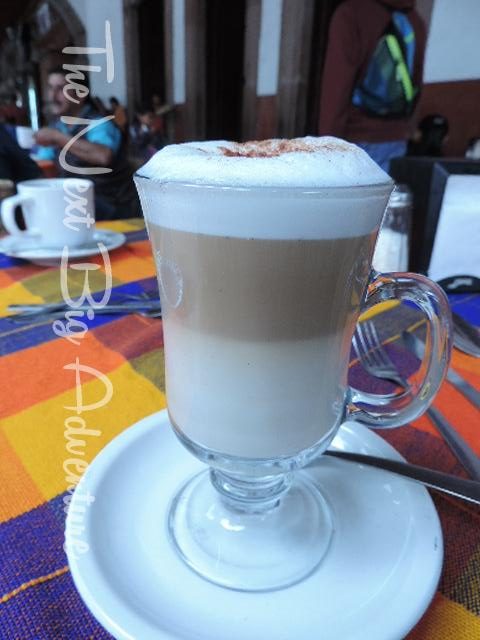
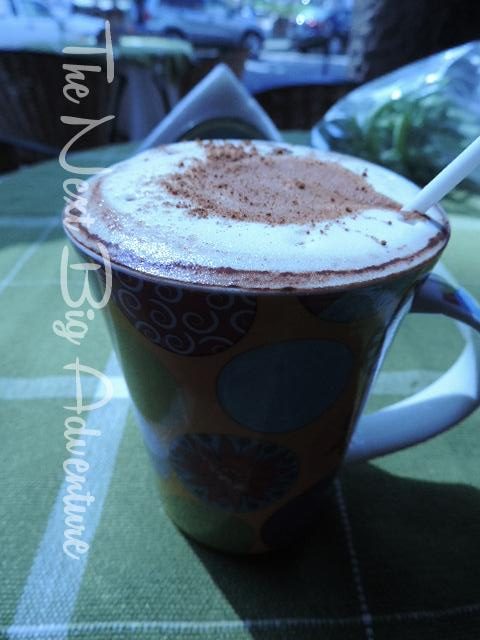
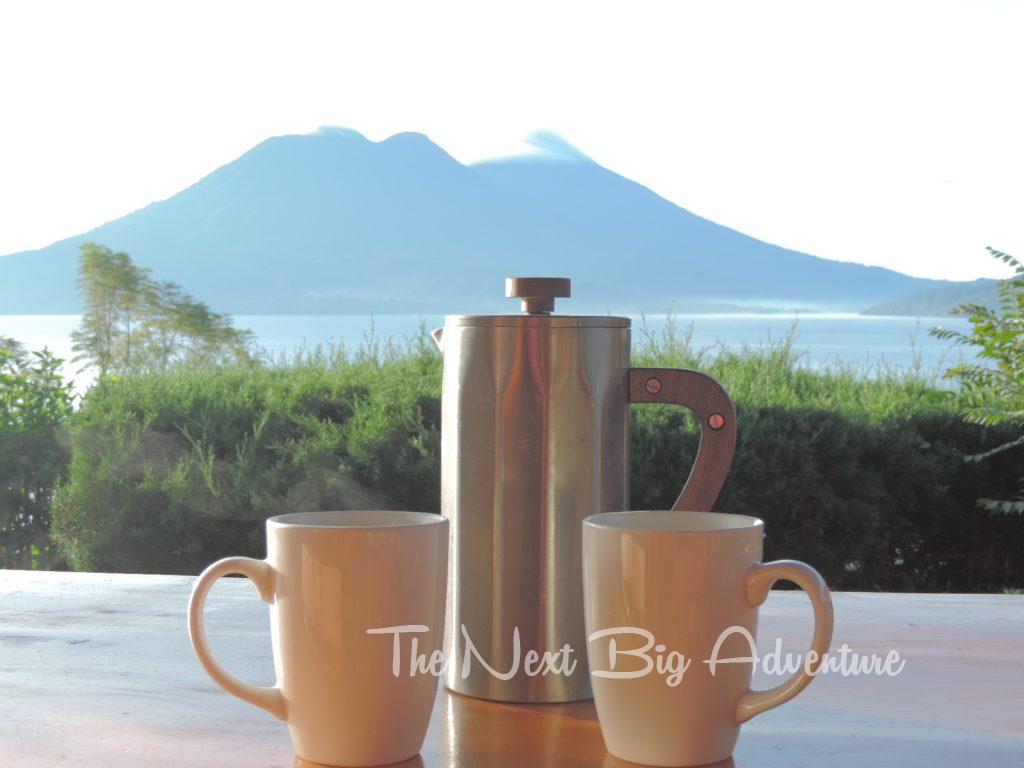
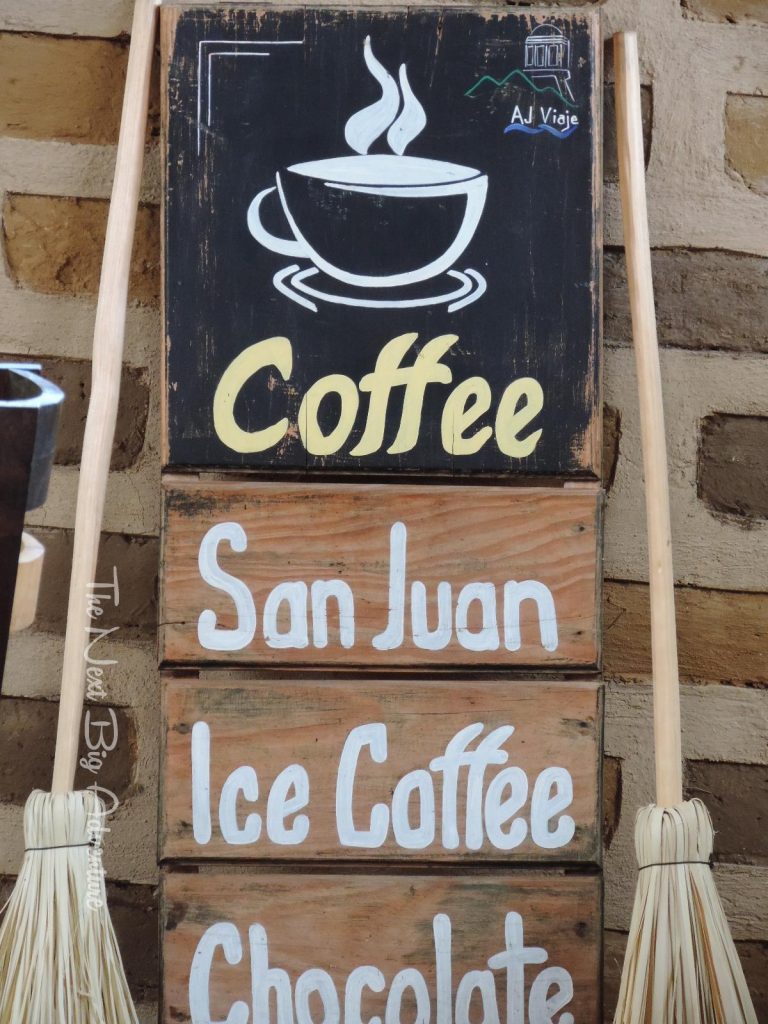
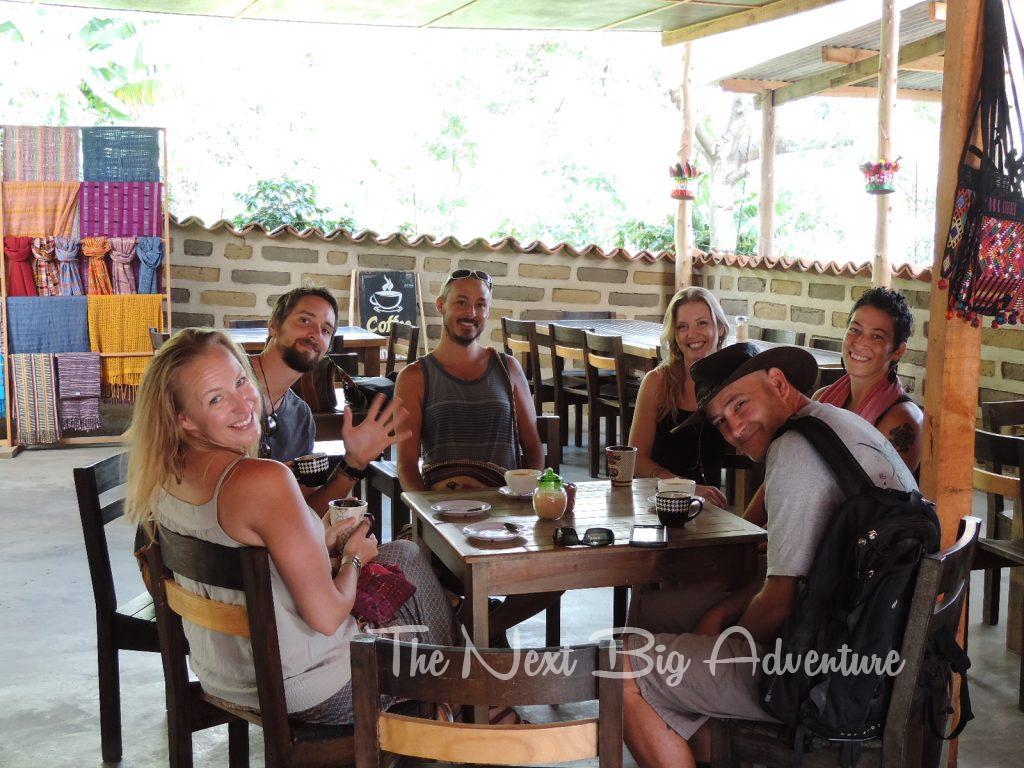

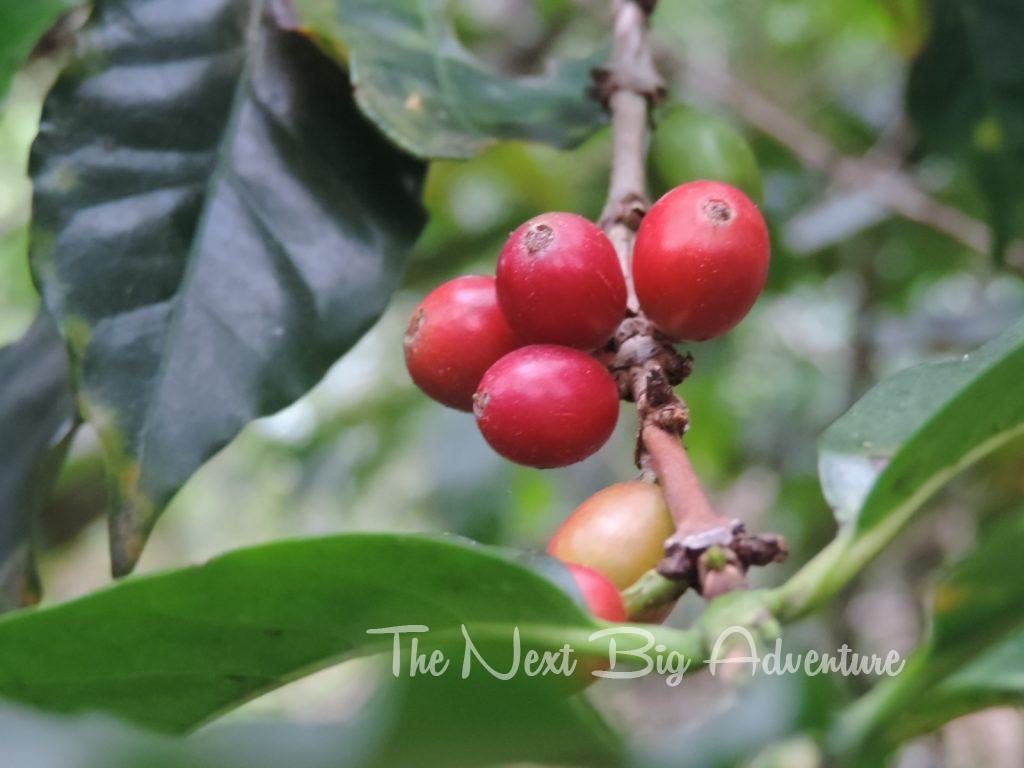
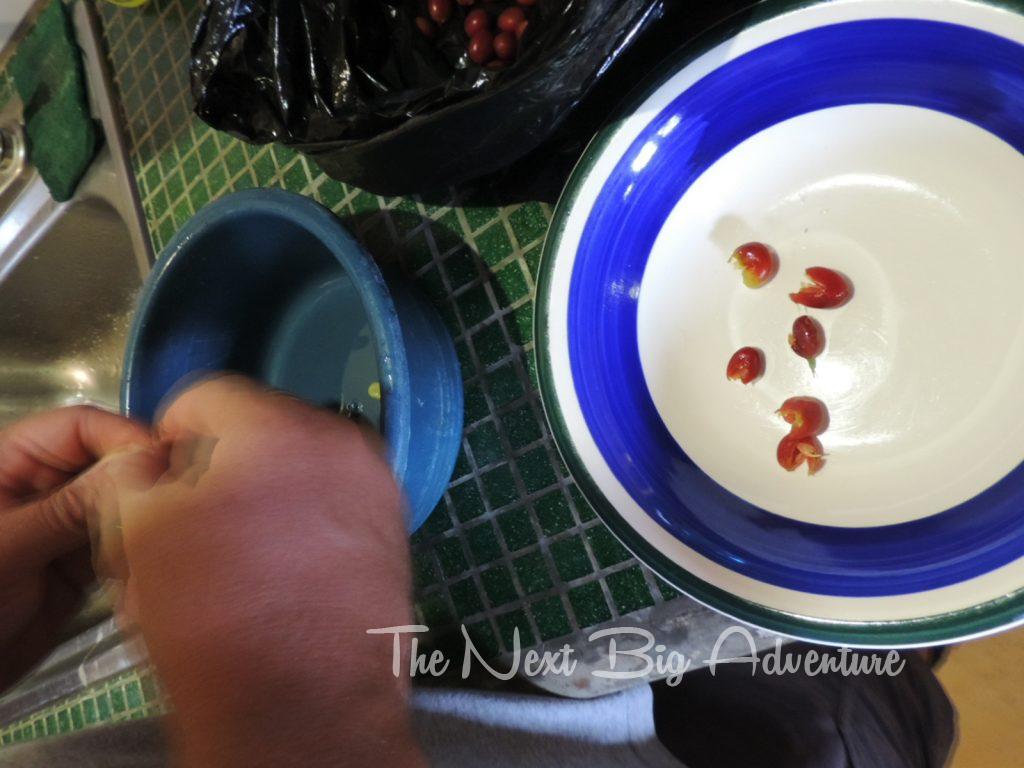
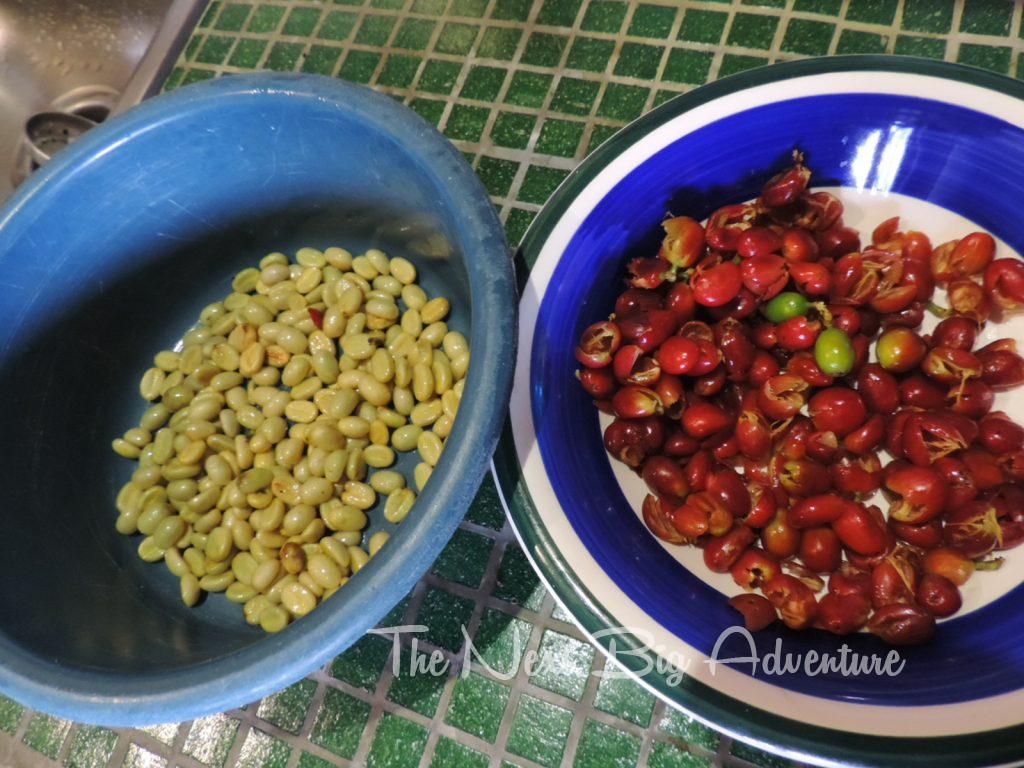
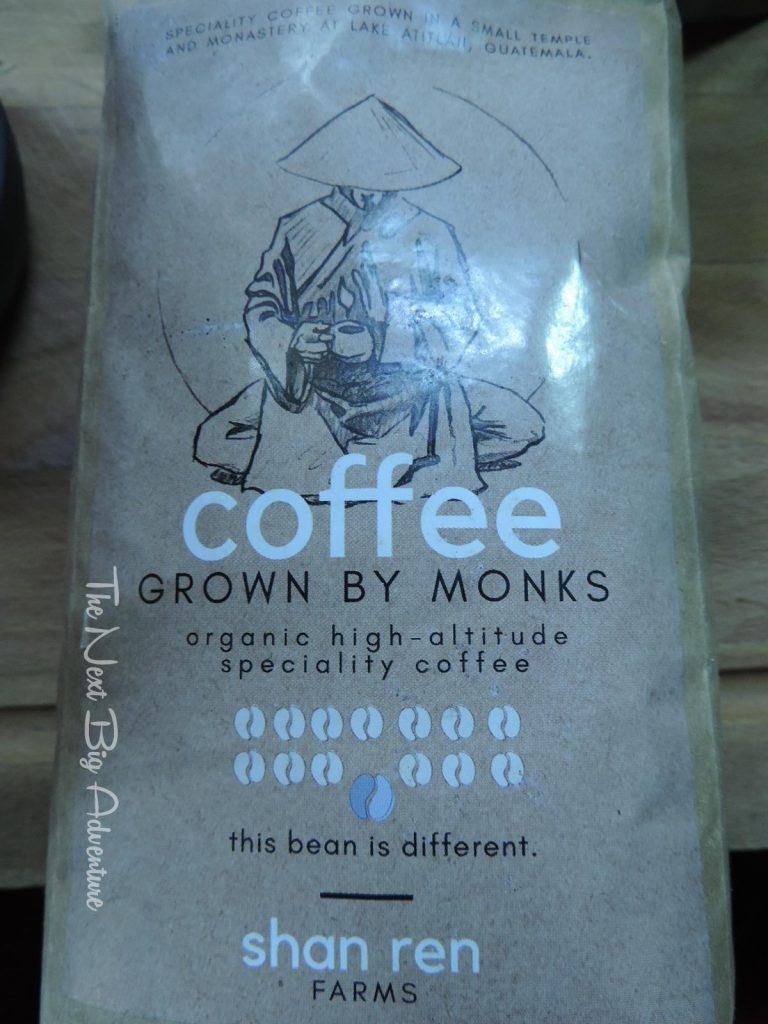

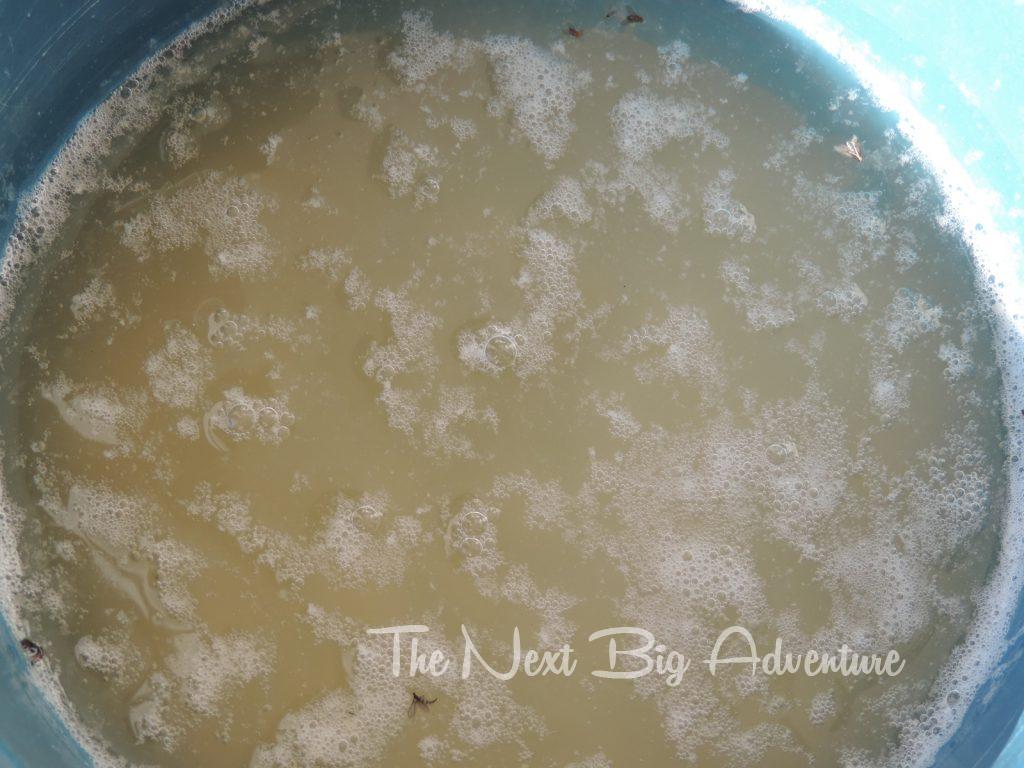
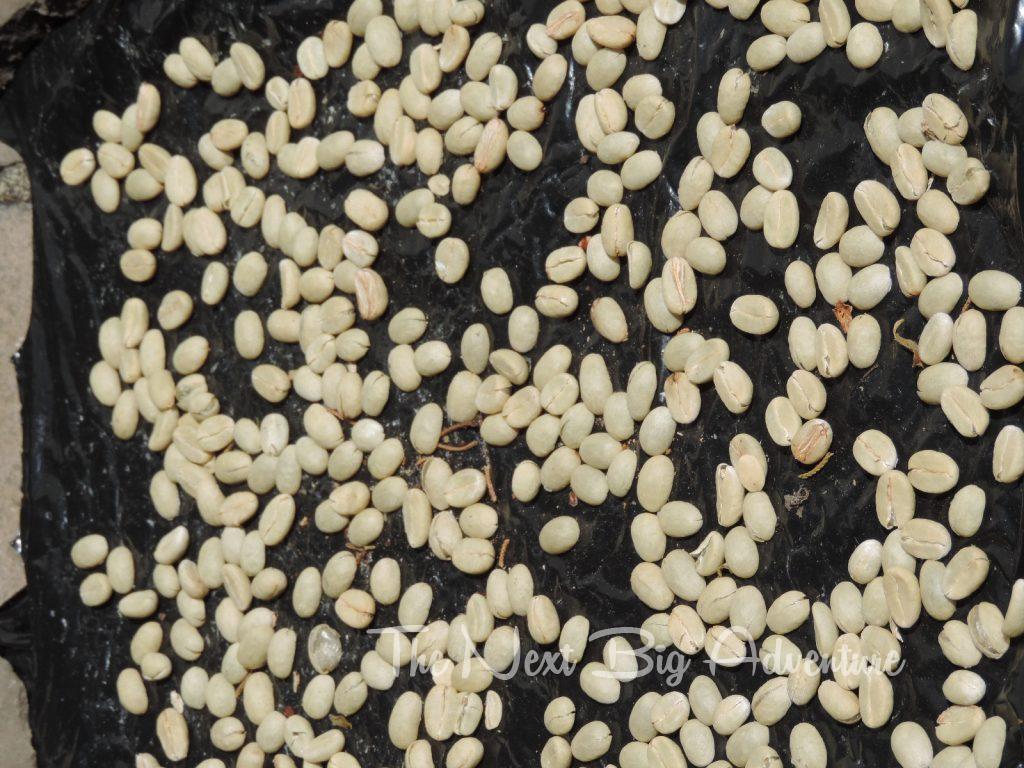
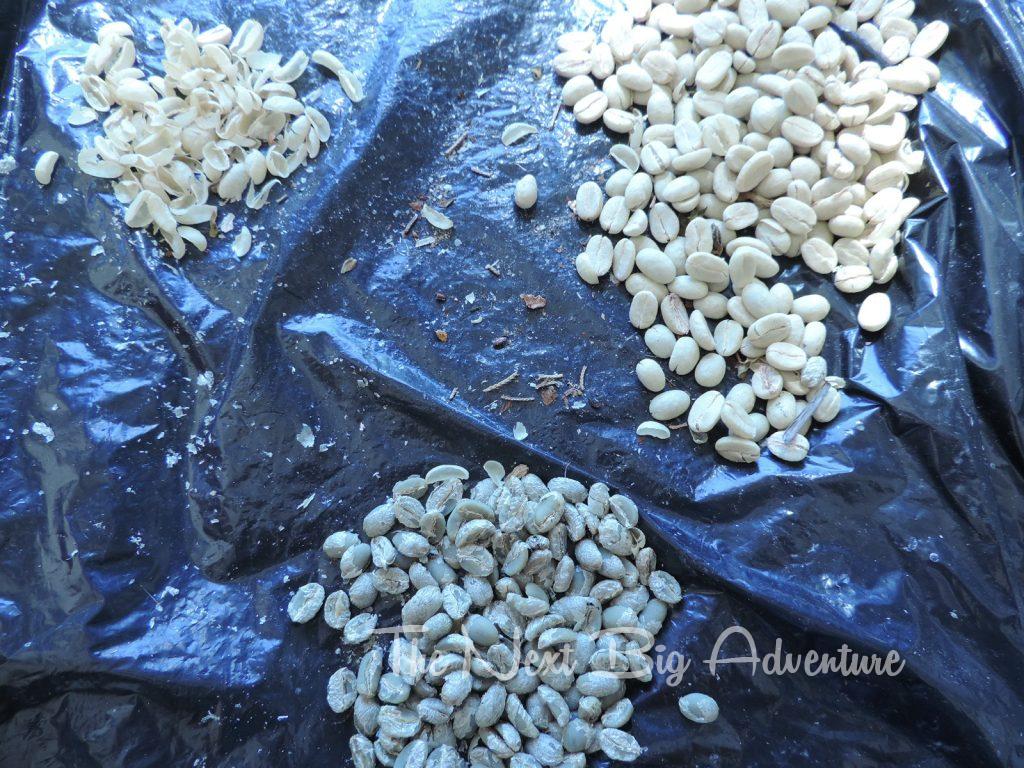
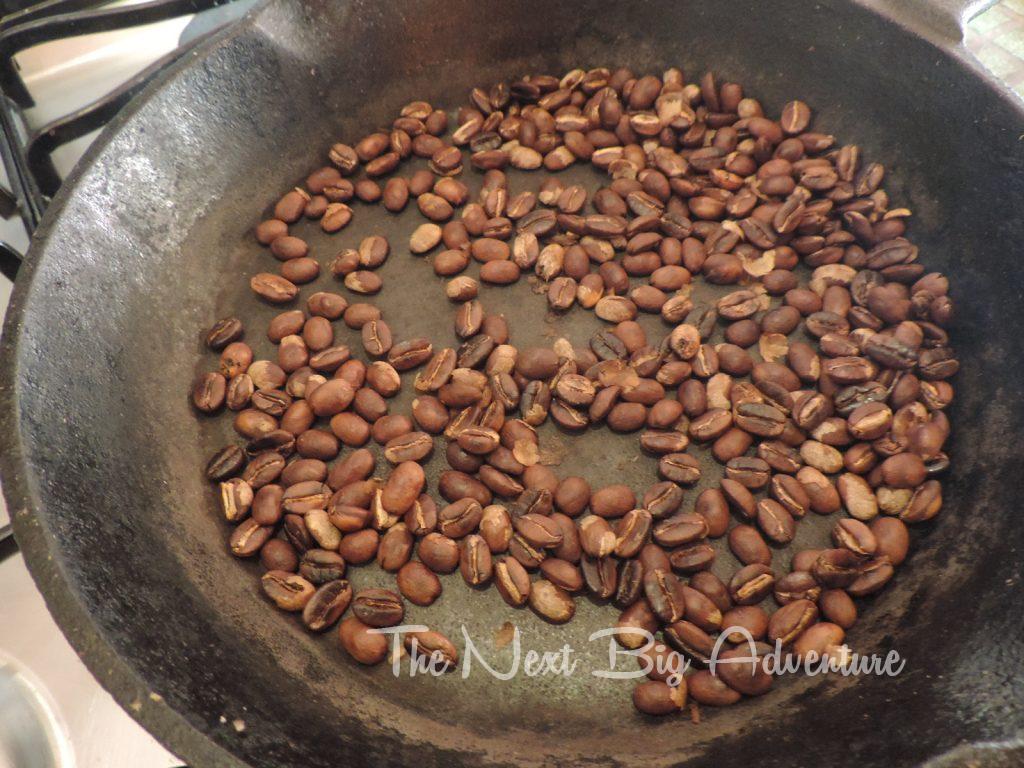
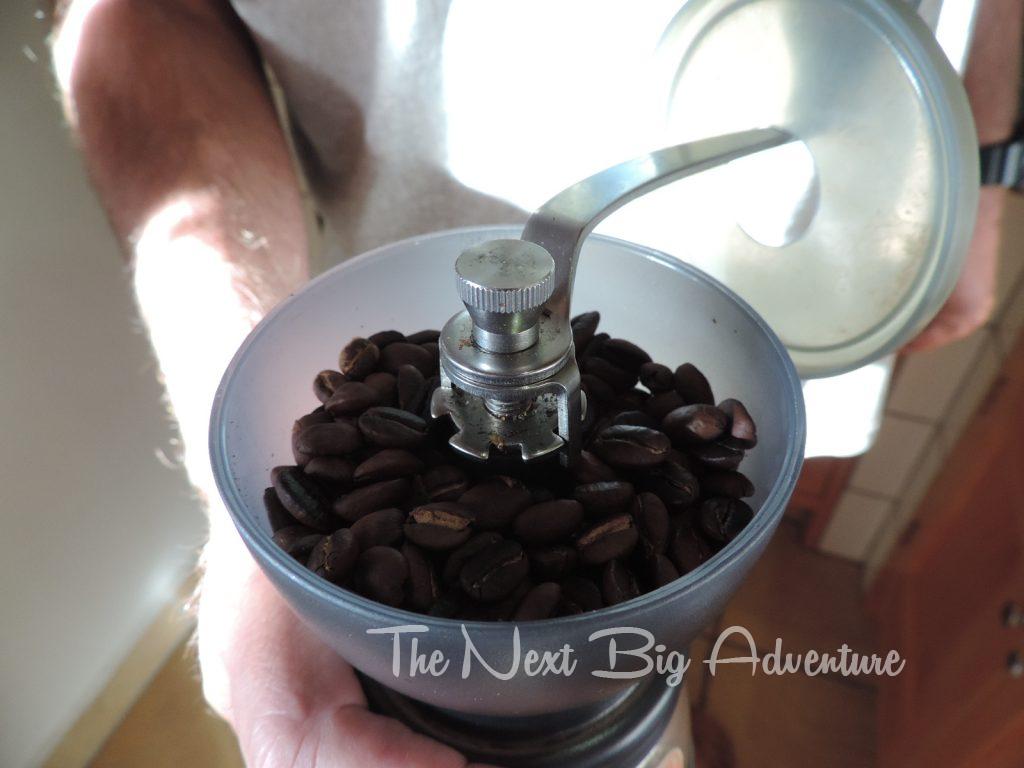
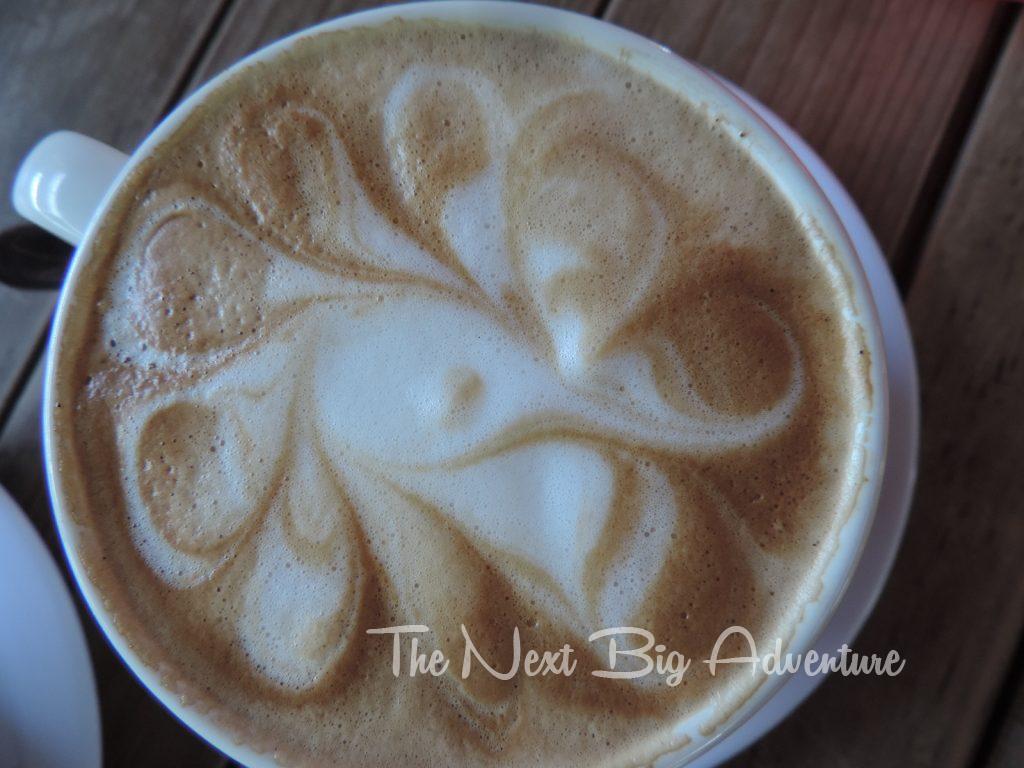
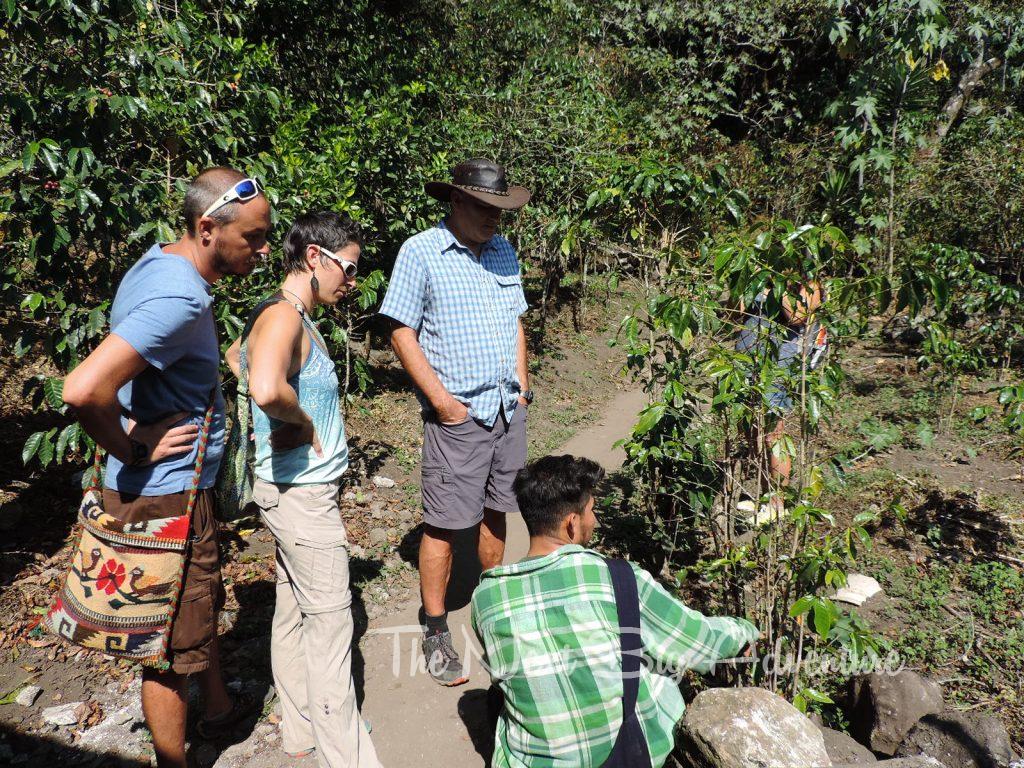
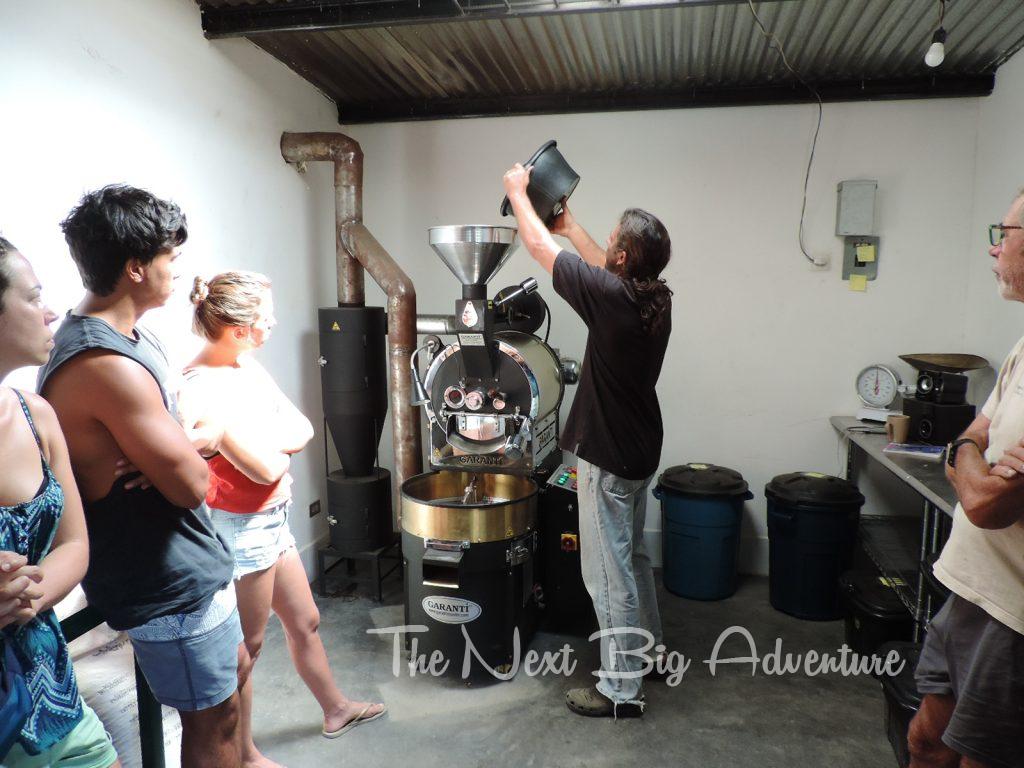
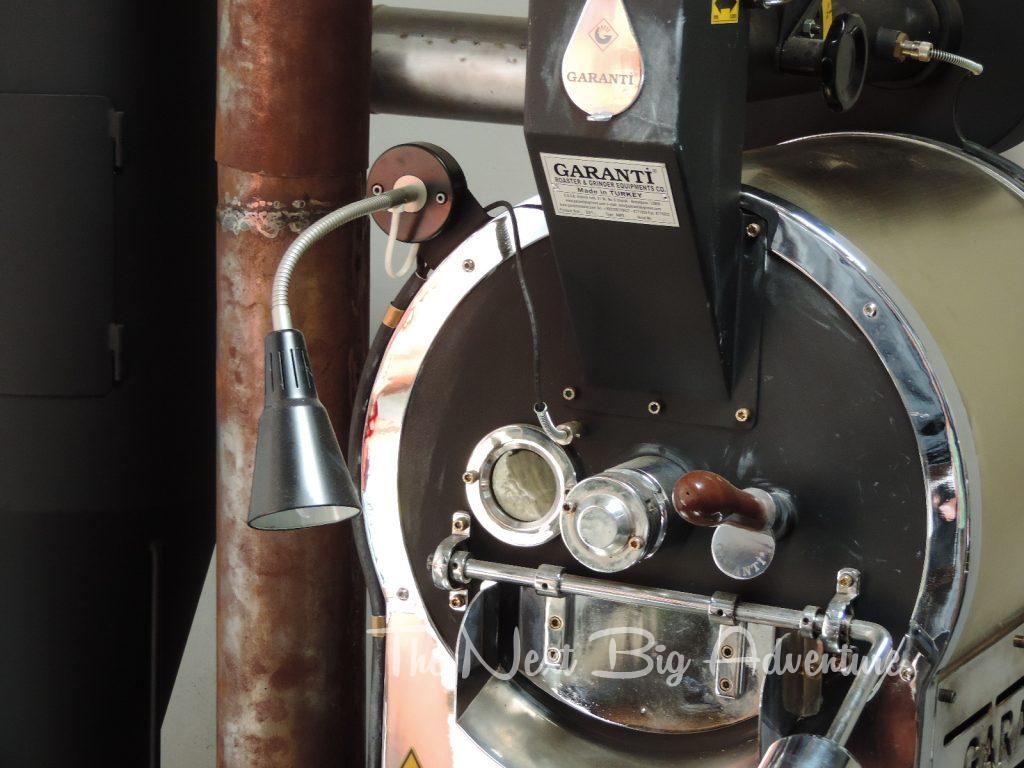
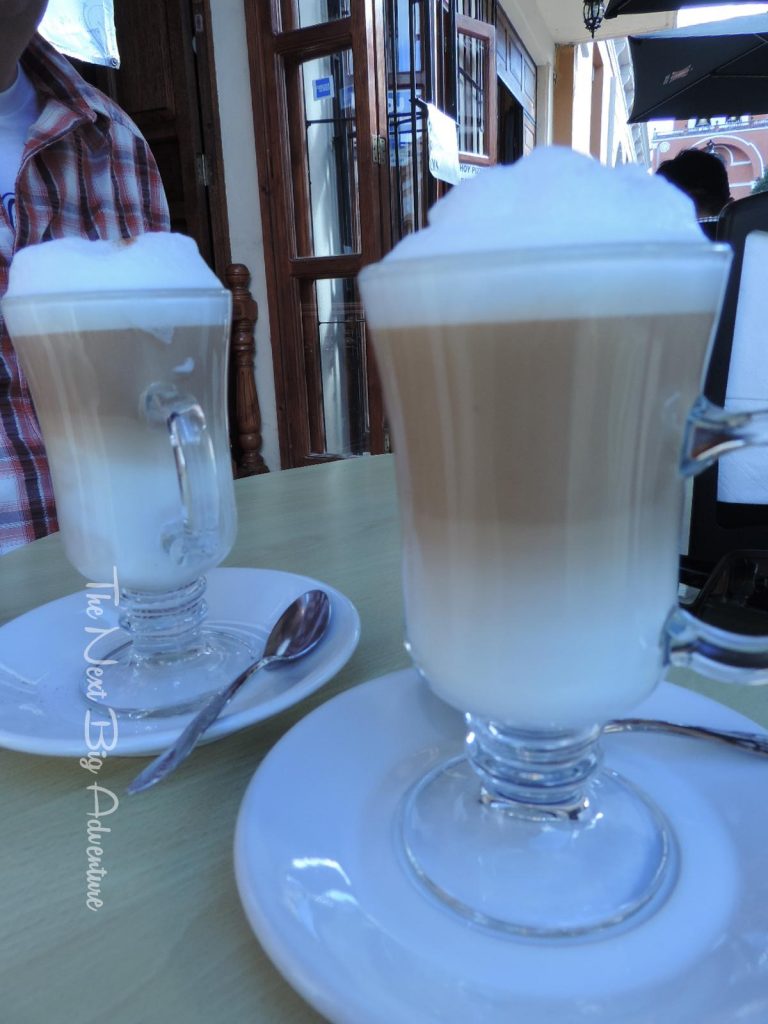
That was interesting – I had no idea how it worked.
Your original coffee bean picture is very pretty – looks like Christmas berries.
Thank you. It really was a fascinating experiment to actually clean, dry and roast our own along with seeing how the pros do it.